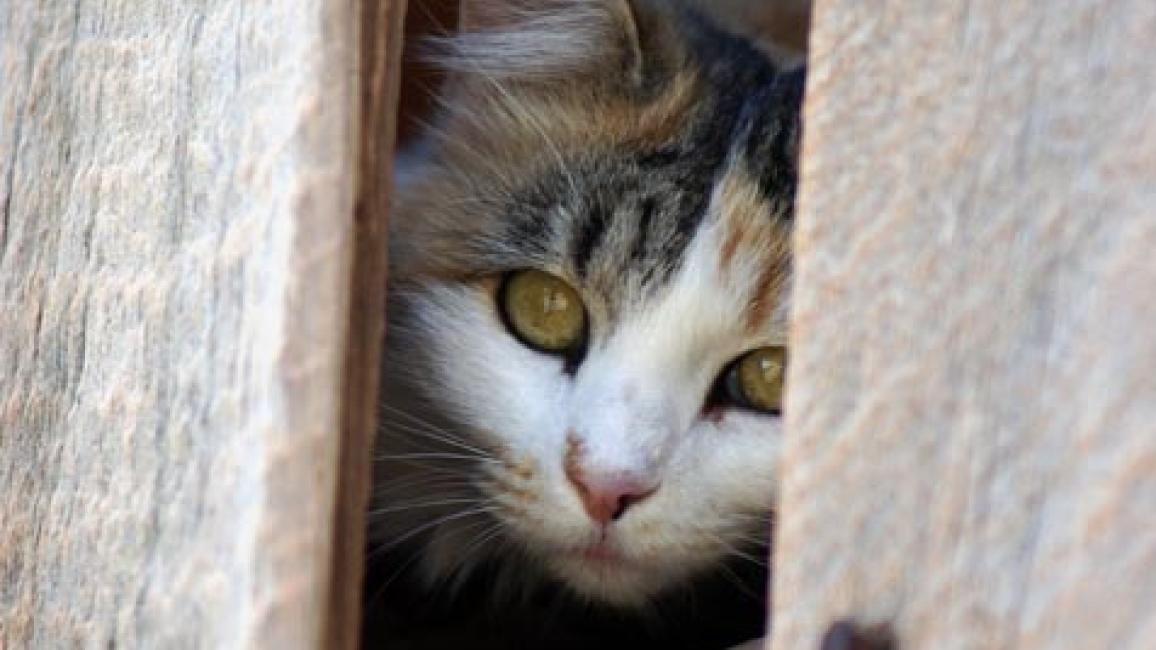Animal hoarding: An in-depth look

Some are kindly cat ladies who took in more strays than they could handle. Others see themselves as rescuers, the only ones who can save the animals from certain euthanasia. And some are sociopaths, people who have no empathy for animals, or other people for that matter, master manipulators with a need to control.
There are many different kinds of animal hoarders, and each of their stories is unique. Best Friends Magazine takes an in-depth look at the phenomenon of animal hoarding in its January issue.
Institutional animal hoarding cases
Best Friends Animal Society has successfully intervened in a number of animal hoarding cases over the years. More recent cases include a rabbit rescue in Reno and a rescue of dogs, cats, horses, pigs, chickens, geese, goats and exotic birds at a run-down, understaffed sanctuary called Pets Alive in Middletown, N.Y. A Best Friends rescue team is still on the ground in Pahrump, Nev., where in mid-July, they came to the aid of some 700 starving and distressed cats living on a property run by a troubled organization called For the Love of Cats and Kittens – FLOCK.
Hoarders' denial
If there’s one thing all these hoarders have in common, it’s denial. When Nye County animal control officers went to the home of former FLOCK president Sheri Allen to interview her about the FLOCK situation, she opened her door and let them right in.
Did she think they wouldn’t notice the more than 100 cats, many of whom were undernourished and suffering from eye and respiratory infections and untreated wounds?
Did she think they wouldn’t see the feces on every surface, the shriveled bodies of two dead cats and the cat tail on the ground outside her front door?
"She was in that much denial about the place," said Russ Mead, legal counsel for Best Friends Animal Society.
Welcome to the complicated mind of an animal hoarder.
Individual cases of pet hoarding
Best Friends Magazine will look at a number of hoarding situations, including the case of institutional hoarding at FLOCK and the Allen case. There’s also the story of a Minnesota man whose animal hoarding fed his shopping compulsion. And a Las Vegas woman shares her personal story about how she woke up one day with more cats than she could handle. Her brother, with the help of Best Friends’ Animal Help Department, stepped in to help her. There’s also an interview with a therapist who discusses the special challenges in treating hoarders and clears up some of myths about hoarders. And there’s a discussion of what’s happening around the country to strengthen laws regarding animal hoarding.
One thing all the hoarding experts agree on is that there must be an interdisciplinary approach in treating hoarders, where animal protection agencies, social service agencies, therapists and the courts work together. You can’t just take their animals away and be done with it. You have to get to the root of the problem.
Read more about animal hoarding in Best Friends' resource section.
Photo of feral cat by Troy Snow